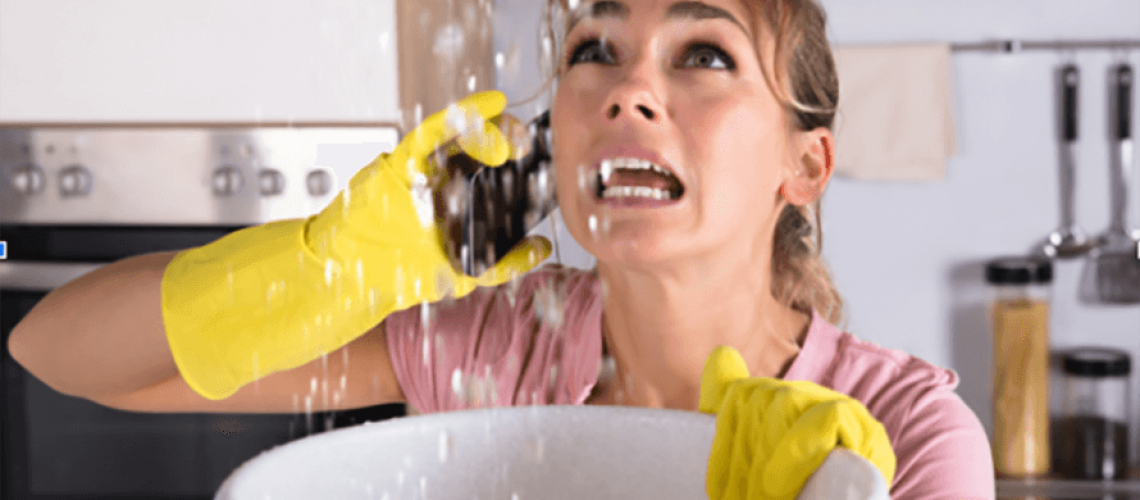Nearly everybody seems to have their own unique piece of advice in relation to Top leak detection hacks.

Early discovery of leaking water lines can minimize a potential disaster. Besides conserving you cash, it will decrease the stress and also disappointment. The minute you discover a leakage, calling your plumber for fixings is the best option. However, some tiny water leaks may not show up. Here are some hacks that help if you can not identify it with your nude eyes.
1. Analyze the Water Meter
Every home has a water meter. Examining it is a surefire way that assists you find leakages. For beginners, turn off all the water sources. Guarantee nobody will flush, utilize the tap, shower, run the cleaning maker or dish washer. From there, go to the meter as well as watch if it will change. Because no one is utilizing it, there ought to be no motions. If it moves, that suggests a fast-moving leakage. If you find no adjustments, wait an hour or two and inspect back once again. This indicates you may have a slow leak that could even be underground.
2. Examine Water Usage
If you detect sudden adjustments, regardless of your usage being the exact same, it implies that you have leakages in your plumbing system. A sudden spike in your expense suggests a fast-moving leak.
At the same time, a stable rise each month, despite having the exact same habits, shows you have a slow-moving leak that's also gradually rising. Call a plumber to extensively examine your building, specifically if you really feel a cozy area on your floor with piping below.
3. Do a Food Coloring Examination
When it pertains to water usage, 30% comes from commodes. Examination to see if they are running appropriately. Drop flecks of food shade in the storage tank and wait 10 mins. If the color in some way infiltrates your bowl throughout that time without flushing, there's a leak in between the storage tank and also bowl.
4. Asses Exterior Lines
Don't neglect to check your outside water lines as well. Needs to water seep out of the connection, you have a loose rubber gasket. One little leakage can throw away bunches of water and also increase your water expense.
5. Examine and also Assess the Circumstance
Homeowners need to make it a routine to check under the sink counters and also even inside closets for any type of bad odor or mold and mildew growth. These 2 warnings suggest a leakage so timely focus is required. Doing regular evaluations, also bi-annually, can conserve you from a major issue.
Extra importantly, if you understand your residence is already old, keep a watchful eye on your heaters, hose pipes, pipes and so on. Look for stainings as well as damaging as many pipes as well as home appliances have a life expectancy. They will certainly also normally deteriorate as a result of damage. If you believe leaking water lines in your plumbing system, don't await it to escalate. Call an expert plumber right now so you do not end up with a terrible mess in your house.
Early detection of dripping water lines can minimize a potential disaster. Some small water leakages might not be noticeable. Checking it is a surefire way that helps you discover leakages. One little leakage can throw away loads of water and surge your water bill.
If you suspect dripping water lines in your plumbing system, do not wait for it to rise.
WARNING SIGNS OF WATER LEAKAGE BEHIND THE WALL
PERSISTENT MUSTY ODORS
As water slowly drips from a leaky pipe inside the wall, flooring and sheetrock stay damp and develop an odor similar to wet cardboard. It generates a musty smell that can help you find hidden leaks.
MOLD IN UNUSUAL AREAS
Mold usually grows in wet areas like kitchens, baths and laundry rooms. If you spot the stuff on walls or baseboards in other rooms of the house, it’s a good indicator of undetected water leaks.
STAINS THAT GROW
When mold thrives around a leaky pipe, it sometimes takes hold on the inside surface of the affected wall. A growing stain on otherwise clean sheetrock is often your sign of a hidden plumbing problem.
PEELING OR BUBBLING WALLPAPER / PAINT
This clue is easy to miss in rooms that don’t get much use. When you see wallpaper separating along seams or paint bubbling or flaking off the wall, blame sheetrock that stays wet because of an undetected leak.
BUCKLED CEILINGS AND STAINED FLOORS
If ceilings or floors in bathrooms, kitchens or laundry areas develop structural problems, don’t rule out constant damp inside the walls. Wet sheetrock can affect adjacent framing, flooring and ceilings.
https://www.servicemasterbyzaba.com/blog/how-to-detect-water-leakage-in-walls/

Do you really like reading about Top leak detection hacks? Put a short review below. We'd be glad to listen to your thoughts about this blog posting. We hope that you come back again in the near future. Are you aware of someone else who is sincerely interested in the niche? Take a moment to share it. I am grateful for your time. Kindly visit our site back soon.